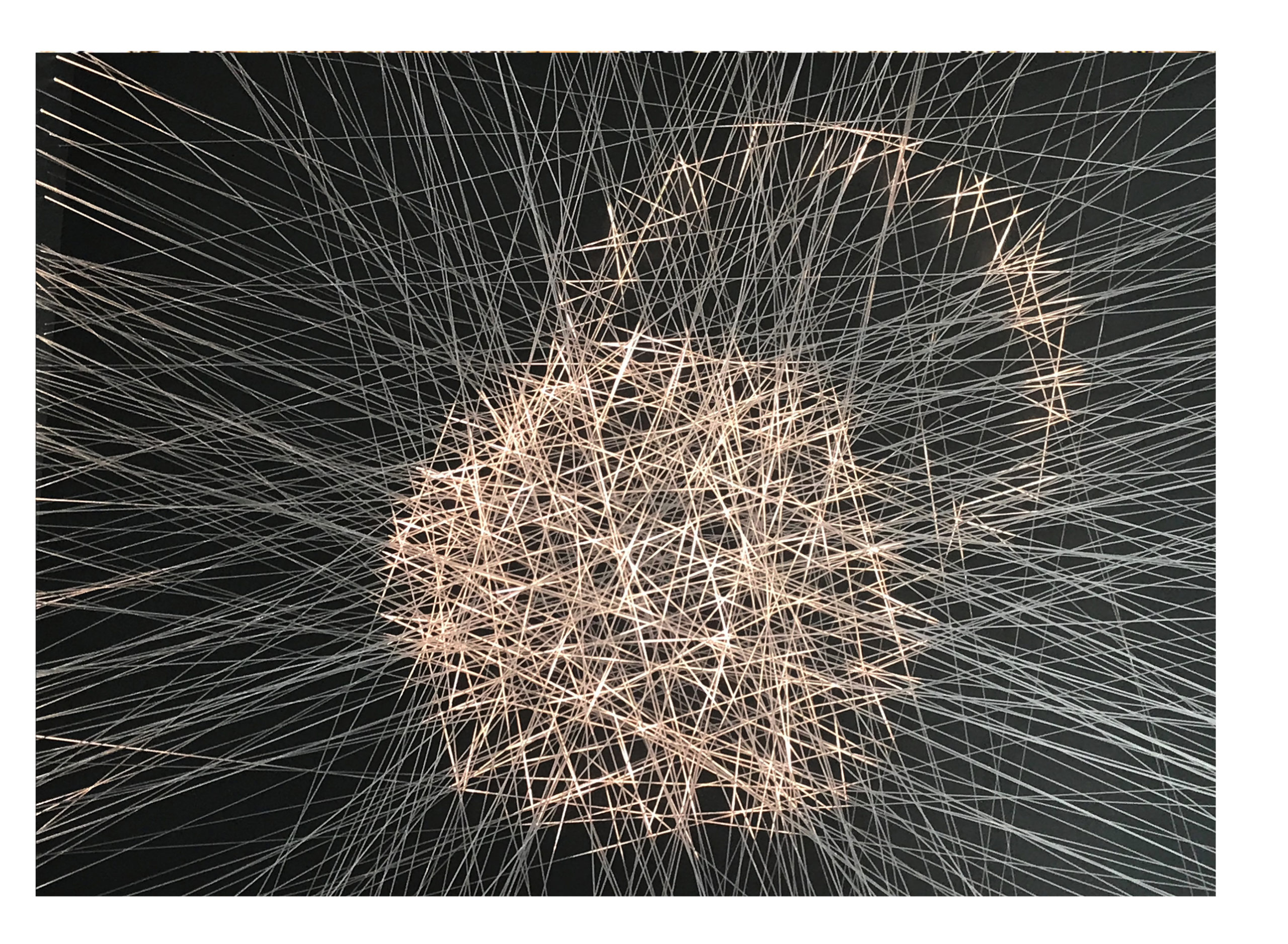In a culture submitted to the power of images, we hardly pay attention to the perceptual complexity of our bodies. Our perceptions are limited by geometry along with discreet and simplified observation. This enables limitation through prototypical designs and remote control, as we interact with the environment through our desires and our aligned bodies. Urbanism and architecture, disciplines devoted to space building, have developed within two remarkable characteristics of western culture:
- the value of objective knowledge
- the prevalence of sight upon the other senses
Although the concept of architectural space has evolved, opening up to new categories (transparent, rhizomatic, flowing, phenomenological, cyberspace…), it’s necessary to re-think the relationship between the body and the environment, starting from the rediscovery and amplification of our own sensorial potentials.
We aim to stress the importance of gaining access to understanding through our senses, perceiving our bodies not as something defined, but rather as a flow of relations with the environment. From this perspective we want to overcome divisions and conceptual schemes that do not correspond to our contemporary condition, using artistic and scientific tools to leave behind any duality and to explore their open, broad complexity.
There is a common consensus about the need for an interdisciplinary or rather, transdisciplinary approach to research but often this agreement does not correspond to a real application of this concept. The criticism of the Western paradigm, a quantitative and reductionist tradition, is maintained within the criteria of tradition itself. It is typically limited to a mere disciplinary and methodological juxtaposition that fails to both address the complexity and facilitate the construction of a common language or the achievement of common objectives.
Traditional methods to analyze the complexity of the city and landscape are not global or plural, but resort to sectorial methods that carry out analysis meaning by meaning, discipline by discipline. This point of view is not capable of finding the real life in a place. The relationship between users and space is unique and plural and requires a knowledge of the environment in terms of both sensory interactions, the experience of sound, light, smell, touch… as well as the spatial, cultural, and social experience.
Our work promotes the collaboration between experts, artists and citizens, building a framework of interactive, flexible, and participative environments. By means of collaborative “in situ” actions, we experiment with new emergent and indeterminate spaces, creating new participatory, dynamic and performative environments.
The direct experimentation of space helps us understand it, as well as “to perform” it. This helps us understand the aesthetic and emotional relationships we have with space. An interesting field of knowledge traditionally not taken into account in urban study is the research on soundscape and sound cultures that, nowaday, face new challenges with the collaboration of advanced groups in the field of sound space research, artistic creation and participatory urbanism. Sound is not just another sensorial channel, since its interaction with the visual dimension generates an undetachable association of space and time, a specific sound for every moment and place. Sound informs us of the sensorial quality of the space, its texture and materials, but it’s also related to social cultural aspects and memory.
Sound experience is immersive and linked either to abstract and rational aspects but also to affective and emotional ones. The soundscape study constitutes a complex method to the urban space by deeply studying our daily experiences in a multidisciplinary way. I invite you to contemplate the way you think of the city, paving the way for new complex variables by disrupting the boundaries between disciplines.
Madrid, May 27, 2020


Powerful ideas – they fill such a gaping silence in the way we think about inhabiting our bodies in space. I love the concept of “perceiving our bodies not as something defined, but rather as a flow of relations with the environment.” Reminds me of the work of soundscape artist, Lina Dib (http://www.linadib.com/works/). Thank you for the provocative thoughts!